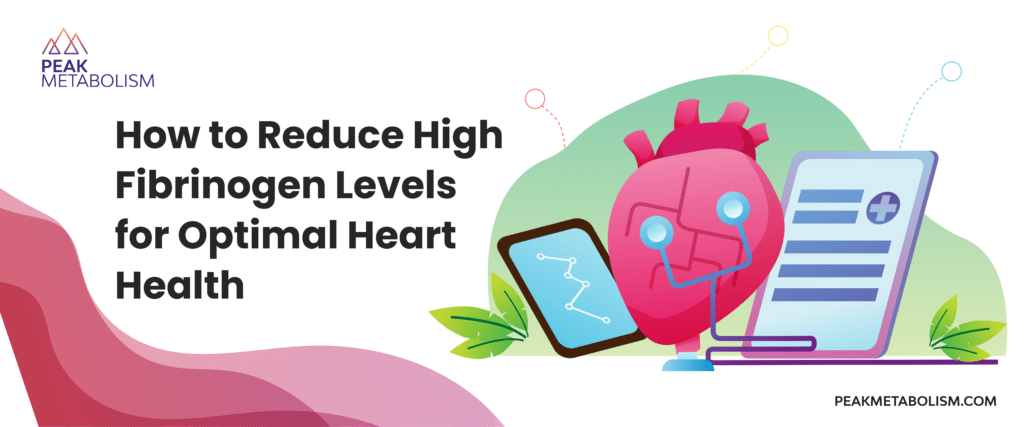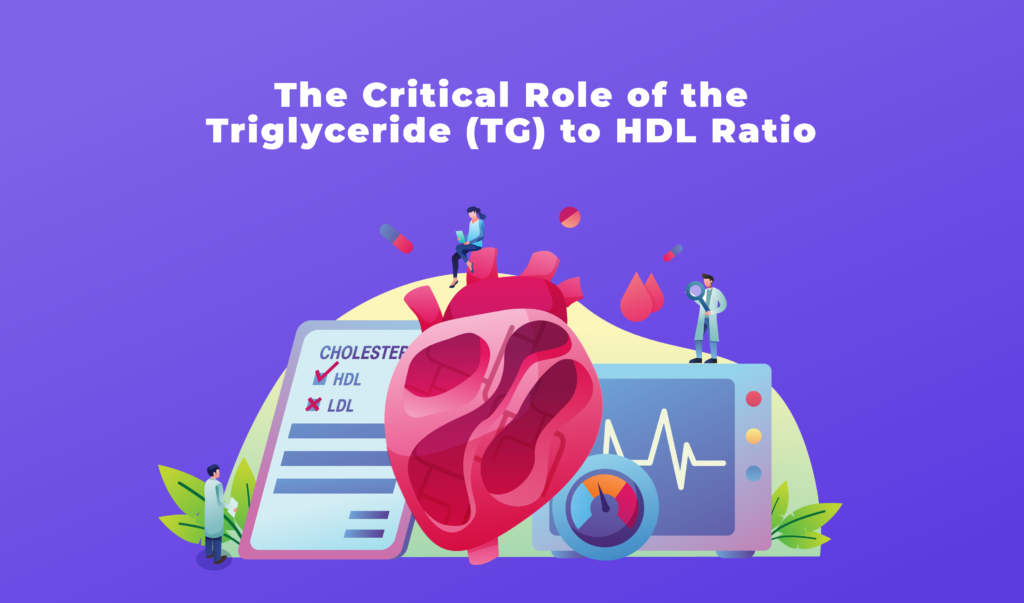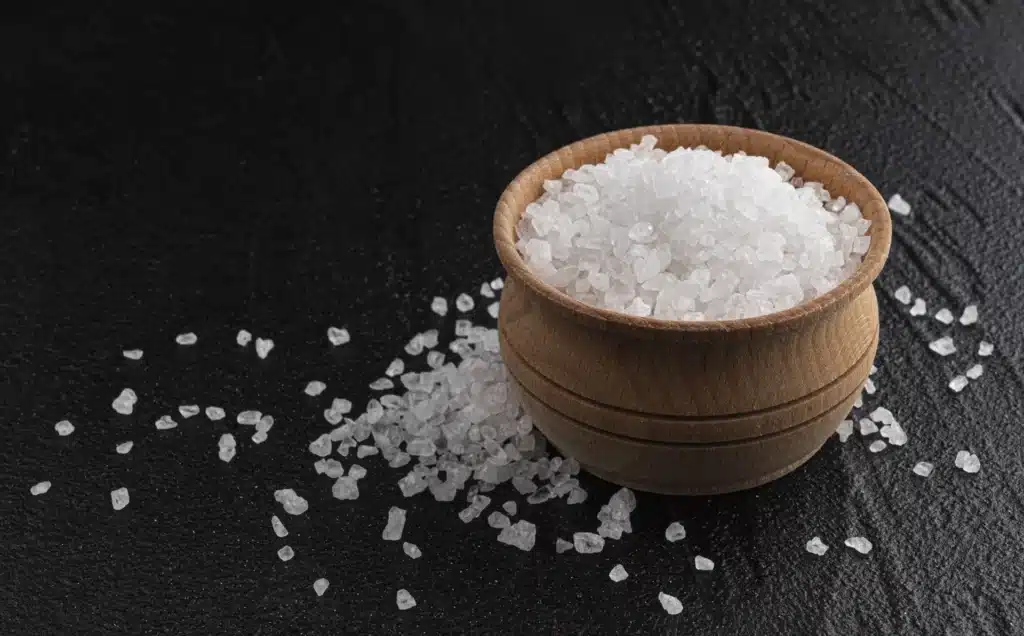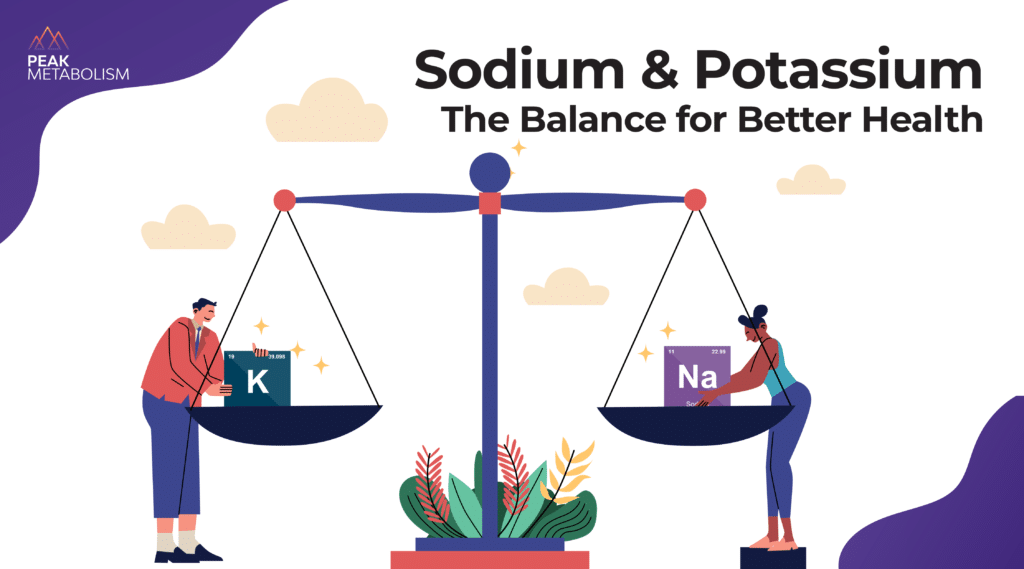
Essential Tips for Reducing High Fibrinogen Levels to Protect Your Heart
Understanding how to manage your health is key, and when it comes to heart health, reducing high fibrinogen levels is essential. Fibrinogen, a crucial clotting factor, plays a significant role in wound healing by helping prevent excessive blood loss. However, elevated levels of fibrinogen in your blood can increase your risk of heart attacks and other cardiovascular problems. In this article, we’ll explore effective strategies to maintain fibrinogen levels within a healthy range, safeguarding your heart’s health.
Understanding Fibrinogen
Fibrinogen is a protein precursor essential for blood clot formation and wound healing. Fibrinogen is a soluble molecule, but forms an insoluble clot or gel on conversion to fibrin by the action of the serine protease thrombin, which is activated by a cascade of enzymatic reactions triggered by vessel wall injury, activated blood cells, or a foreign surface.1
This fibrin network traps blood cells and platelets, forming a stable clot that prevents further bleeding, which is essential if you cut your skin or the blood vessels are ruptured externally of the body, but when its internal clotting this is a whole different matter and should be addressed.
Clinical Relevance of Fibrinogen
Fibrinogen as a Biomarker – Fibrinogen levels are often used as a biomarker in conditions associated with inflammation, thrombosis, and cardiovascular disease. Elevated fibrinogen levels have been linked to an increased risk of cardiovascular events, including myocardial infarction and stroke.
The Implications of High Fibrinogen
A Harvard University Study published in the Journal of the American College of Cardiology found that “Those with high fibrinogen levels had a twofold increase in myocardial infarction (heart attack) risk.”
And still another study published in the prestigious Royal College of General Practitioners found that when coupled with other heart-health risk factors such as cholesterol and high blood pressure, “incidence of heart attacks was respectively six times and 12 times greater in those with high plasma fibrinogen levels than in those with low fibrinogen levels.”
In the European heart journal 1998: “Elevated fibrinogen is a strong primary risk factor for cardiovascular disease in healthy individuals. It is also a risk factor for death or recurrence of myocardial ischaemia in patients with a previous coronary event, and a predictor of accelerated coronary atherosclerosis. Indeed, studies confirm that the positive association between plasma fibrinogen levels and cardiovascular events is a predictive as elevated cholesterol level.”
For a comprehensive approach to heart wellness, understanding the interplay between different blood components is key. Dive into our insightful read, “Understanding Triglyceride to HDL Ratios for Optimal Heart Health,” to further uncover how your blood’s composition affects your heart and how you can take actionable steps toward achieving and maintaining optimal cardiovascular health.
Assessing Your Risk
Your levels of fibrinogen can be easily tested by any doctor simply by asking for what’s called a fibrinogen activity test. Reference range for fibrinogen is between 200-400 mg/ dl I like to see fibrinogen levels under 300 mg/dl. If your levels are lower, I’d continue to get your levels tested around once a year, or more frequently if they are above 300 every 6 months.

Strategies to Reducing Fibrinogen Levels
- Embrace a Mediterranean Diet:
A study in the American college of Cardiology showed that by following a Mediterranean diet, consisting of vegetables, oily fish, fruits, whole grains helped to lower levels of inflammation and fibrinogen. - Increase Omega-3 Intake:
Consume foods high in omega 3 (EPA and DHA) I recommend taking a supplement with between 2-3 grams per day. The following foods are rich in Omega 3’s such as wild salmon, mackerel, and sardines. - Utilise Specific Enzymes
Both Nattokinase7 and Lumbrokinase are types of enzymes which work specifically on proteins in the body, and they assist in the breakdown of fibrin directly. So when you break down fibrin, you’re breaking down clot formation. Nattokinase in found in foods like Natto but it can also be found as a supplement. Lumbrokinase is only found as a supplement. Evidence is suggesting so far that Lumbrokinase is slightly better than Nattokinase in reducing fibrin levels in the body. Dosage recommendations for nattokinase is around 200mg a day or above 5000 units FL Units and for lumbrokinase around 40mg or 600,000 LK units. - Optimise Intake of Vitamin B-complex – with methylation B6, B9 and B12.9
Optimising your levels of B-complex vitamins with the methylated forms e.g. Methyl-folate and methyl-cobalamin will provide the best forms of B-vitamins for the body. Best dosage is done either by taking a standard B-complex or by testing your B9 and B12 status to optimise your dosage levels.
Conclusion: Take Action
We’ve explored the vital role of fibrinogen in heart health and the risks of high levels. Implementing the strategies provided, such as adjusting your diet and considering supplements, can significantly impact managing fibrinogen levels and reducing cardiovascular risks.
References:
- Fibrin Formation, Structure and Properties – PubMed
- A prospective study of fibrinogen and risk of myocardial infarction in the physicians’ health study – Journal of the American College of Cardiology
- Plasma fibrinogen — a major coronary risk factor – British Journal of General Practice
- Fibrinogen as a risk factor for coronary heart disease – PubMed
- Adherence to the Mediterranean diet attenuates inflammation and coagulation process in healthy adults: The Attica study – Science Direct
- Dietary Supplementation with Low-Dose Fish Oils Lowers Fibrinogen Levels: A Randomized, Double-Blind Controlled Study – ACP Journals
- Nattokinase decreases plasma levels of fibrinogen, factor VII, and factor VIII in human subjects – PubMed
- Lumbrokinase Reduced the Fibrinogen Concentration in Ischemic Cerebrovascular Disease Patients: A Systematic Review and Meta-Analysis – Indonesian Journal of Clinical Pharmacy
- Homocysteine, fibrinogen, and lipoprotein(a) levels are simultaneously reduced in patients with chronic renal failure treated with folic acid, pyridoxine, and cyanocobalamin – PubMed
Discover the state of your fibrinogen levels today with a simple test and take proactive steps towards achieving your ideal biomarker ranges.
Take charge of your heart health now and reduce your cardiovascular risks. Contact Peak Metabolism today and start your path towards optimal heart wellness.
Stay Updated: Follow us on LinkedIn and Instagram for the latest updates and health tips.







